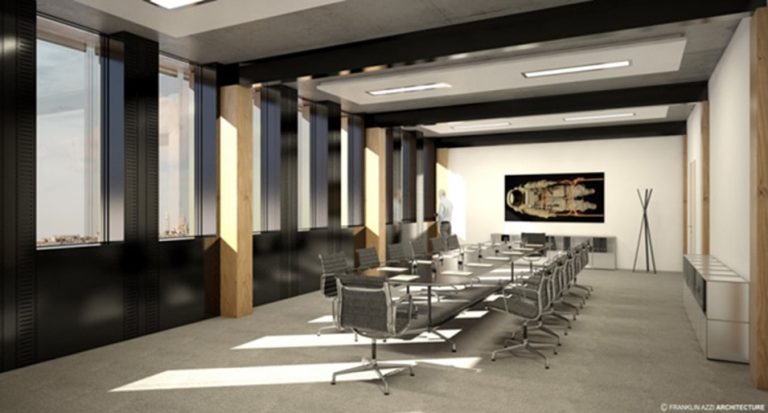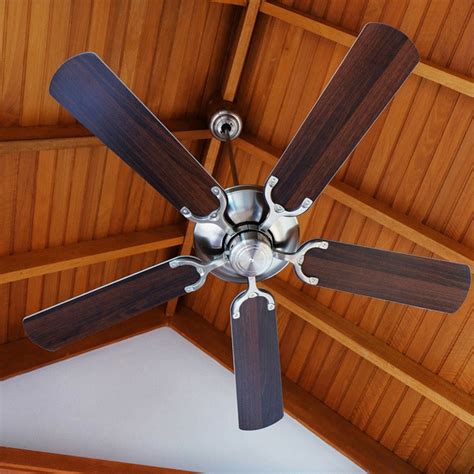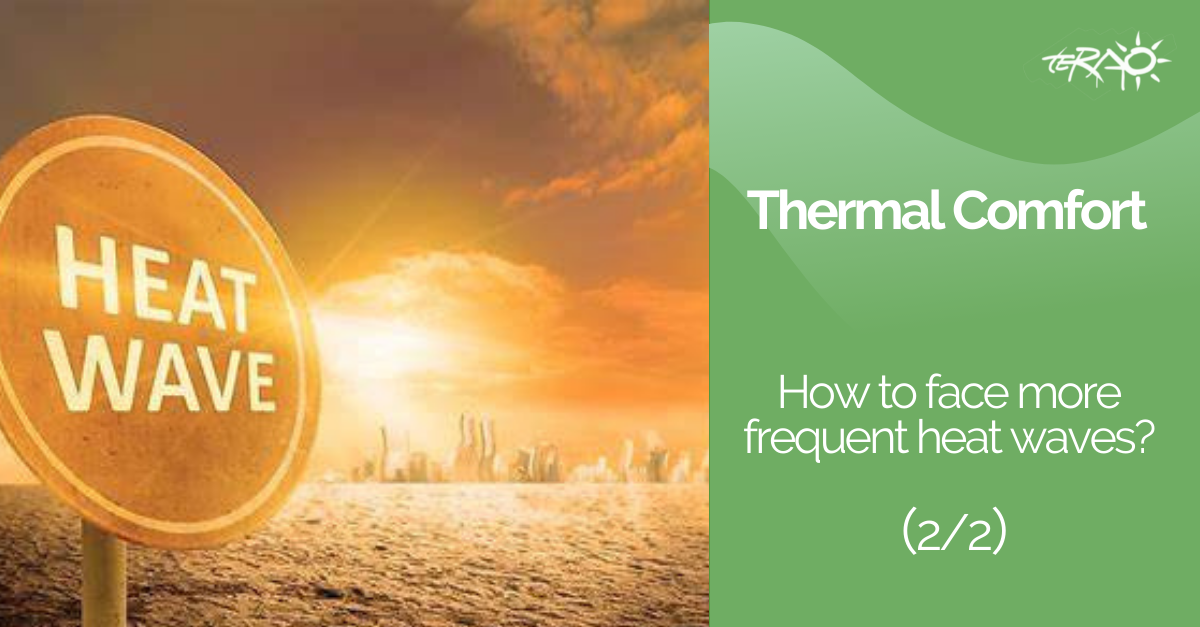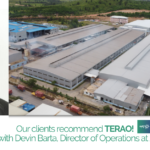In our Part 1 article, we have introduced Thermal comfort principle and some essential passive design ideas to optimize buildings for frequent heatwaves.
In this article, we continue to introduce other simple yet essential ways to avoid thermal discomfort in a building.
Optimization of the envelope
Thermal insulation, compactness and glazing rates should be optimized to minimize heating and cooling needs while ensuring sufficient natural lighting. In the service sector, it is unnecessary to go beyond a glazing rate of around 40% in the façade. Excess glazing leads to overheating in summer without necessarily providing useful light. It is unnecessary, for example, to glaze the parts of the façade located below the work surface.

Solar protection and shading design
Glazing has made enormous progress in recent decades. It is now possible to manufacture selective-coating glazing that is both insulating and a good light transmitter and reduces total solar gain. Combining a low solar factor glazing (0.36 for example), good light transmittance (0.69 for example) with highly reflective movable interior blinds is sufficient in most cases to ensure an acceptable level of comfort in summer without having to look for complex solutions of motorized exterior sunshades.

Interior thermal inertia
This plays a crucial role in thermal comfort. A good interior thermal inertia allows storage of the freshness brought during the night, which will then allow during the day to passively cool the interior of the building. The material constituting this inertia must have both a good volumetric thermal capacity and a good thermal conductivity. A cement floor slab, at least 7 cm thick, or a heavy ceiling slab will be suitable. Accurate thermal simulations show that the combination of such a slab with correctly dimensioned natural ventilation devices can reduce the air-conditioning requirements by more than half, as well as the power of the air-conditioning systems.
Thanks to ceiling fans, these devices even make it possible to do without air conditioning in the offices, provided that one is less demanding about the set temperatures.

Natural ventilation and summer comfort
As mentioned above, natural ventilation is a key factor in comfort. During hot spells, it does not need to be through-ventilated, for the simple reason that the wind is usually absent. We will rather have to count on thermal draught in this case.

It is therefore necessary to install dedicated natural ventilation openings in the room, equipped with louvers to ensure anti-intrusion security and protection against rain. These openings will be higher than wide. When properly sized, they allow air renewal rates of over 10 vol/hour.
Landscape design
There can be more than a 5-degree difference in air temperature between a wooded area and a mineral area in the city: beware of the Urban Heat Island Effect! Vegetation plays a crucial role in outdoor landscaping to improve comfort, both in the outdoor environment and in buildings. A porous soil allowing rainwater infiltration encouraged biodiversity, coupled with a global approach to create comfortable microclimates in summer are no longer options in the current context of global warming.

Because of the various factors on which thermal comfort in the building depends, as well as the daytime and nighttime occupancy of a given building, TERAO’s teams are committed to carrying out a detailed bioclimatic analysis of each project, as well as a contextualized Dynamic Thermal Simulation. Taking these factors into account through expert engineering is now an absolute necessity, to limit additional contributions to global warming, the effects of which we can all now feel.
Making buildings that are resilient to climate change and comfortable in all seasons is more than a science, it is an art!
Article was written by Michel RAOUST
TERAO Founder – Polytechnician (X74) and graduate of Stanford University (USA) specializing in solar energy. Internationally recognized expert in building thermal engineering.
If you need passive design, energy modelling expertise for your project, you can contact Gaspard, our BD manager, at glemoinescelles@teraoasia.com. We would be glad to accompany you to calculate the energy consumption of your project and to assist you in finding solutions to optimize your building design to face future heatwaves.
[END]


![[Expertise] How to conduct an energy audit to identify areas of energy waste in business](https://teraoasia.com/wp-content/uploads/2024/06/Expertise-1-150x150.jpg)

Leave A Comment